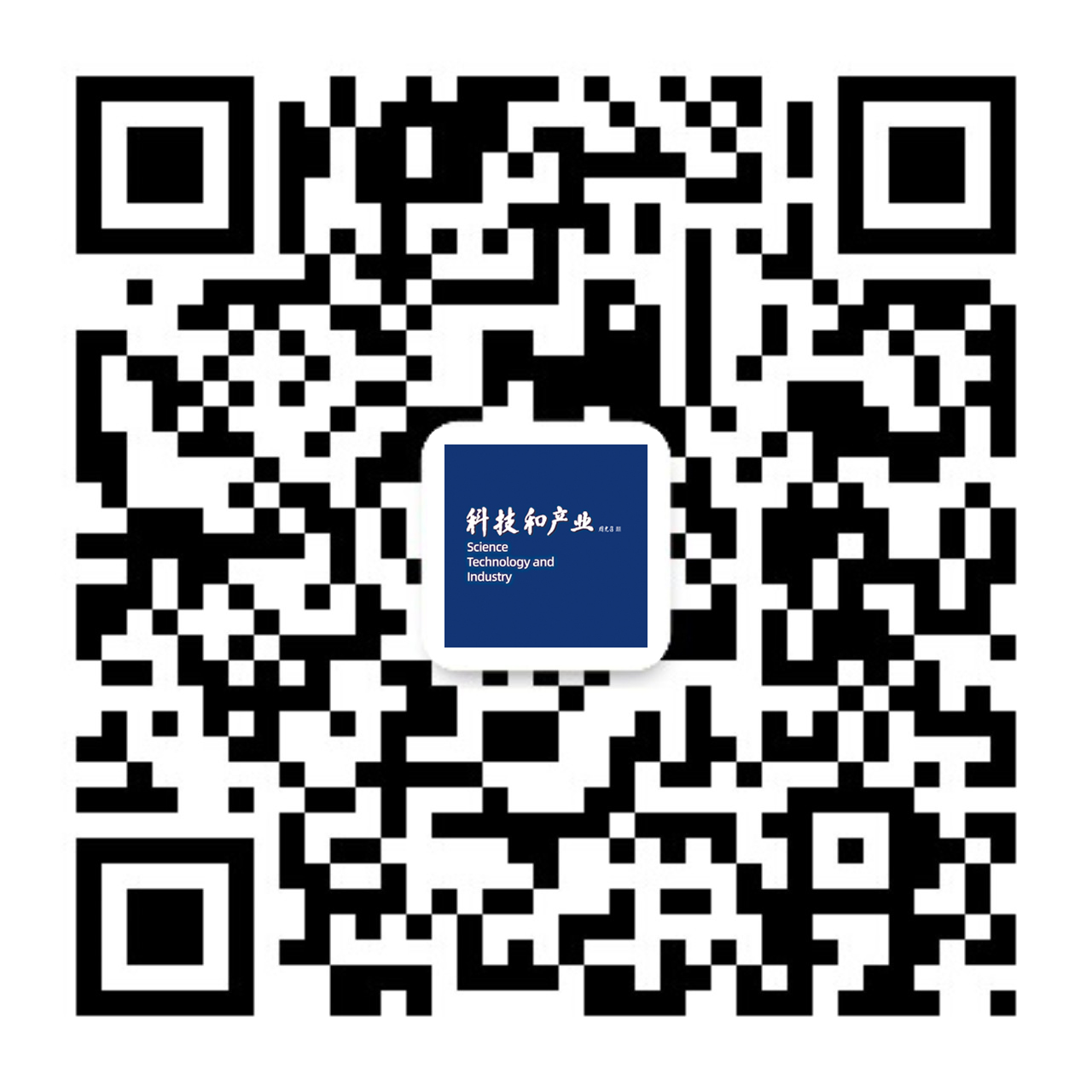碳排放权交易政策的减排效应及影响机制研究——基于数字经济与地方政府关注双重视角
CSTR:
作者:
作者单位:
江西财经大学 统计与数据科学学院
作者简介:
通讯作者:
中图分类号:
F224.0
基金项目:
国家社会科学基金一般项目《金融资本服务我国制造业高质量发展的统计测度与评价研究》(20BTJ008)
Research on the Emission Reduction Effect and Impact Mechanism of Carbon Emission Trading Policy——Based on the Dual Perspectives of Digital Economy and Local Government Attention
Author:
Affiliation:
School of Statistics and Data Science, Jiangxi University of Finance and Economics
Fund Project:
引用本文
熊婷燕,刘泽平.碳排放权交易政策的减排效应及影响机制研究——基于数字经济与地方政府关注双重视角[J].技术经济,,():.
复制相关视频
分享
文章指标
- 点击次数:
- 下载次数:
- HTML阅读次数:
历史
- 收稿日期:2024-03-02
- 最后修改日期:2024-07-11
- 录用日期:2024-08-01
- 在线发布日期:
- 出版日期:
文章二维码

您是第 位访问者
电话:010-65055536, 18515632865 Email:jishujingji@cste.org.cn
地址:北京市海淀区学院南路86号(100081) 邮政编码:80-584
ICP:京ICP备05035734号-5
技术经济 ® 2025 版权所有
技术支持:北京勤云科技发展有限公司
电话:010-65055536, 18515632865 Email:jishujingji@cste.org.cn
地址:北京市海淀区学院南路86号(100081) 邮政编码:80-584
ICP:京ICP备05035734号-5
技术经济 ® 2025 版权所有
技术支持:北京勤云科技发展有限公司



